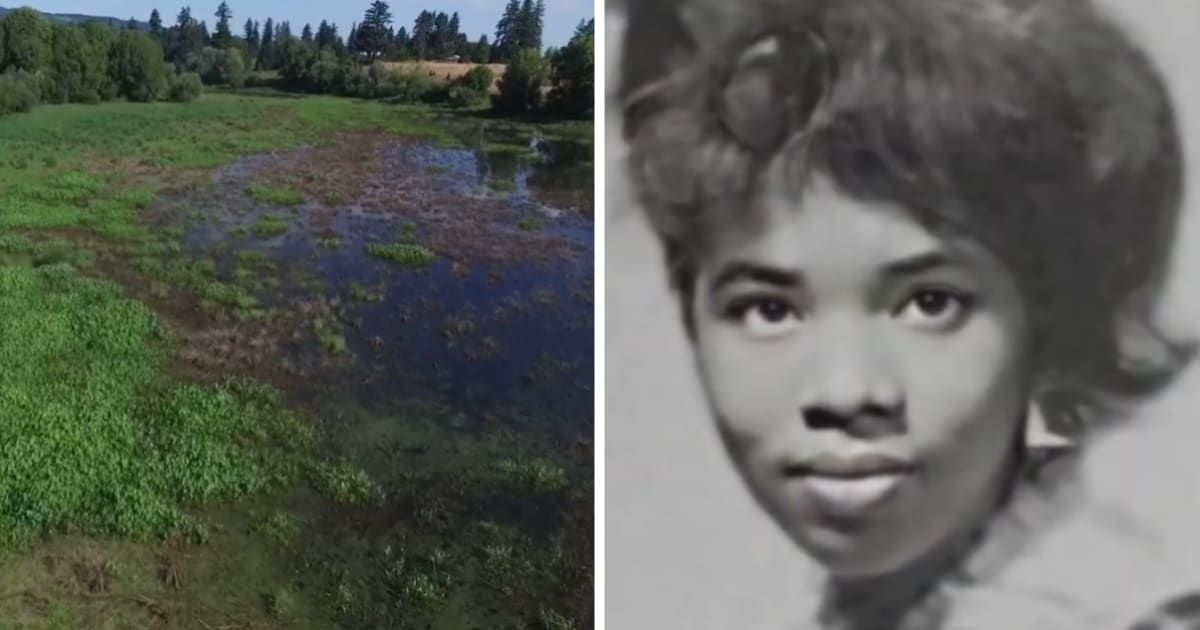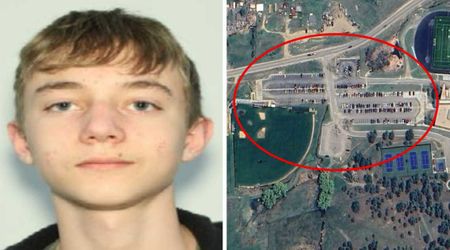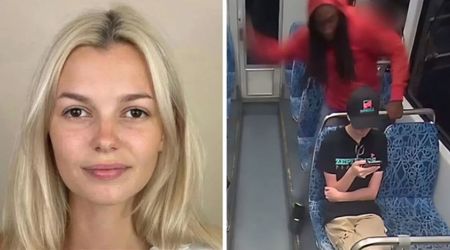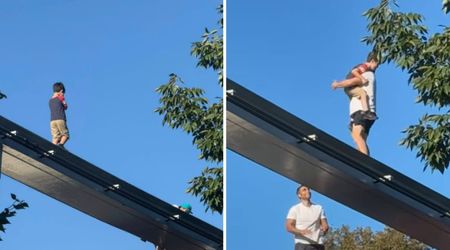Sandra Young: Oregon police makes a breakthrough in identifying the woman found dead about 54 years ago

PORTLAND, OREGON: Oregon authorities have finally made a breakthrough in identifying the woman who was found dead about 54 years ago. Oregon State Police announced on social media this week that due to advances in DNA sequencing and technology, they were able to identify teenager Sandra Young as the woman who was found dead in 1970.
In a press release, police said that she had been a student at Grant High School and had gone missing from the Portland metro area around 1968 or 1969.
What did the authorities say about Sandra Young's disappearance?
“Sandra Young has now regained her identity after 54 years,” said Dr Nici Vance, the state’s Human Identification Program Coordinator at the Oregon State Medical Examiner’s Office, as per CBS News.
“Her story represents a remarkable amount of diligence and collaboration between family members, detectives, Oregon State Medical Examiner staff, and our contract laboratory Parabon Nanolabs,” Vance added.
“This is yet another example of the innovative ways the ME’s Office and investigative genetic genealogy can help Oregonians find closure,” she further said, adding “This technology gives investigators the powerful ability to assist all Oregon agencies with the resolution of their cold case mysteries.”
When was Sandra Young's body discovered?
Young's body had been discovered on February 23, 1970, on the far north end of Sauvie Island, located about 10 miles from Portland. She was found by a boy scout troop leader who initially saw clothing remnants before discovering her remains inside of a grave, police said.
Investigators, at the time, believed that the remains belonged to someone of African-American descent and noted that the body had trauma, which indicated “foul play.”
How was Sandra Young's body identified?
The case went unsolved for decades before Young's remains were transported to the state medical examiner facility in Clackamas County in 2004, alongside “more than 100” other unidentified remains, as per authorities.
The medical examiner later submitted a bone sample to the University of North Texas Center for Human Identification (NamUs), which confirmed that the body belonged to a female, but not much else.
In 2018, the case was identified as one that could potentially be solved by “DNA Phenotyping and Investigative Genetic Genealogy” provided by Parabon NanoLabs, so a bone sample from the remains was submitted for DNA extraction, according to the release.
After it was successful, the medical examiner was able to determine that the remains belonged to someone who was of “West African, South African, and Northern European descent,” and had “brown to dark brown skin, brown eyes, and black hair," the release said.
In 2021, Parabon NanoLabs created a prediction of what the woman may have looked like based on the DNA and genetic analysis. “To see her face come to life through DNA phenotyping was striking,” said Dr Vance in a statement, as per the release.
However, her ties to her family would come to light two years later when someone uploaded their DNA into the open-source genetic genealogy database GEDMatch. After that person was immediately flagged as a potential family member, other family members were encouraged to submit their DNA, and through interviews with the DNA donor’s family, a link was eventually found, as per police.
Police have started investigating the 'circumstances' surrounding Sandra Young's death
One of the people who submitted their DNA told a Portland detective that her teenage sister had disappeared in 1968 or 1969. Further “genetic evidence” confirmed that the remains likely belonged to her sister Sandra “Sandy” Young, born June 25, 1951.
Police said they have started investigating the “circumstances” surrounding her death now that Young has been identified. Police also noted in their release that genetic genealogy casework and confirmation testing, which was key in identifying Young, can cost up to $10,000 and that additional funding is necessary to identify more remains.










